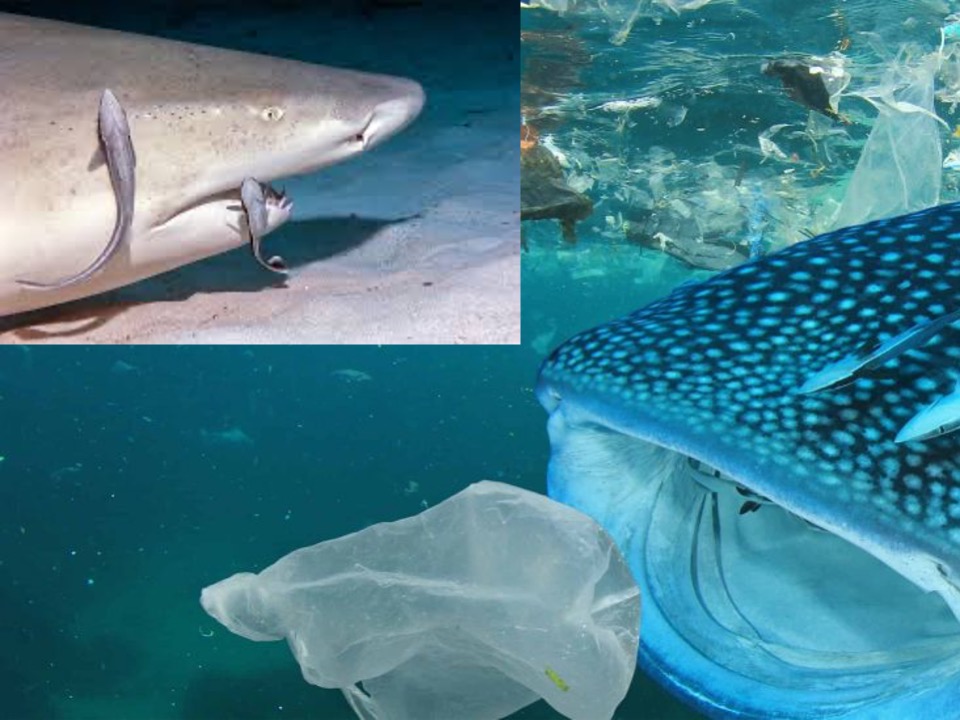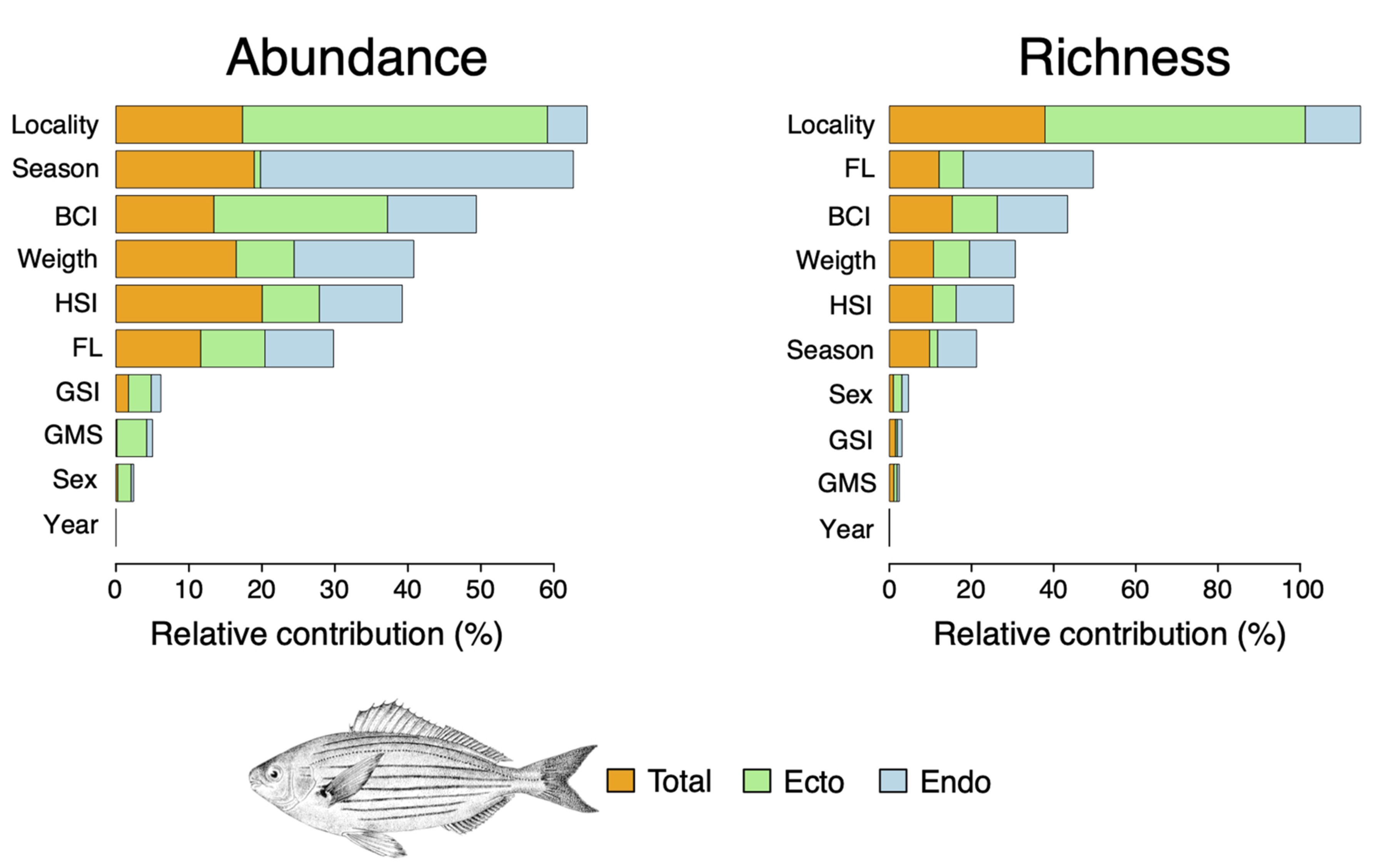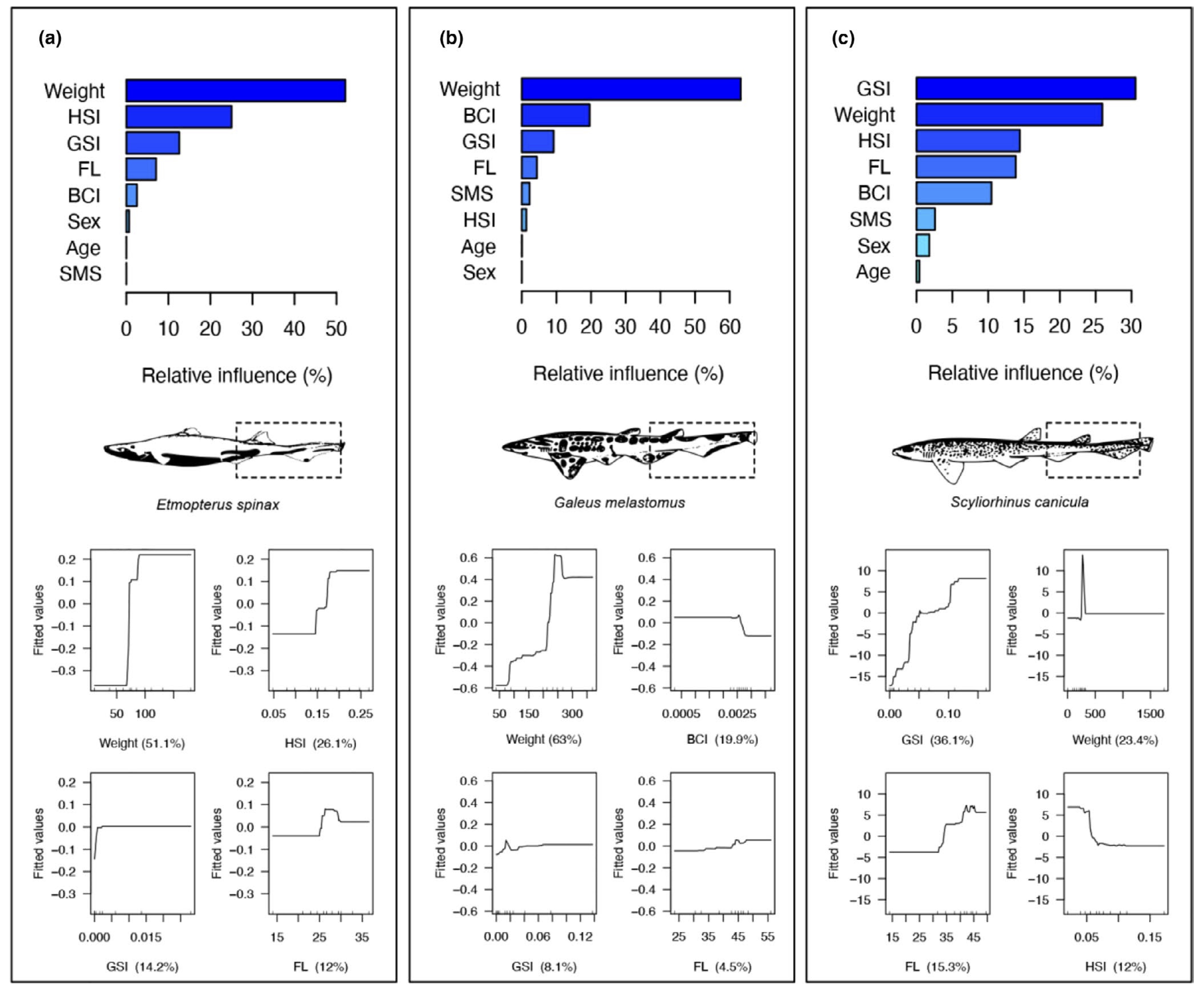
Wildlife management
Human impacts on the environment are having an important effect on biodiversity. Climate change, population growth, urban expansion, food production, and changing land use are altering ecosystems in profound ways. Biodiversity is critical for Earth’s ecosystems and for human life. Thanks to the increasing availability of data coming from different sources (e.g., remote sensing, data logging, citizen science, fisheries) is time to move from description to forecasting. Advances in data analysis and machine learning allow this transition to be effective and informative for focused conservation strategies.

